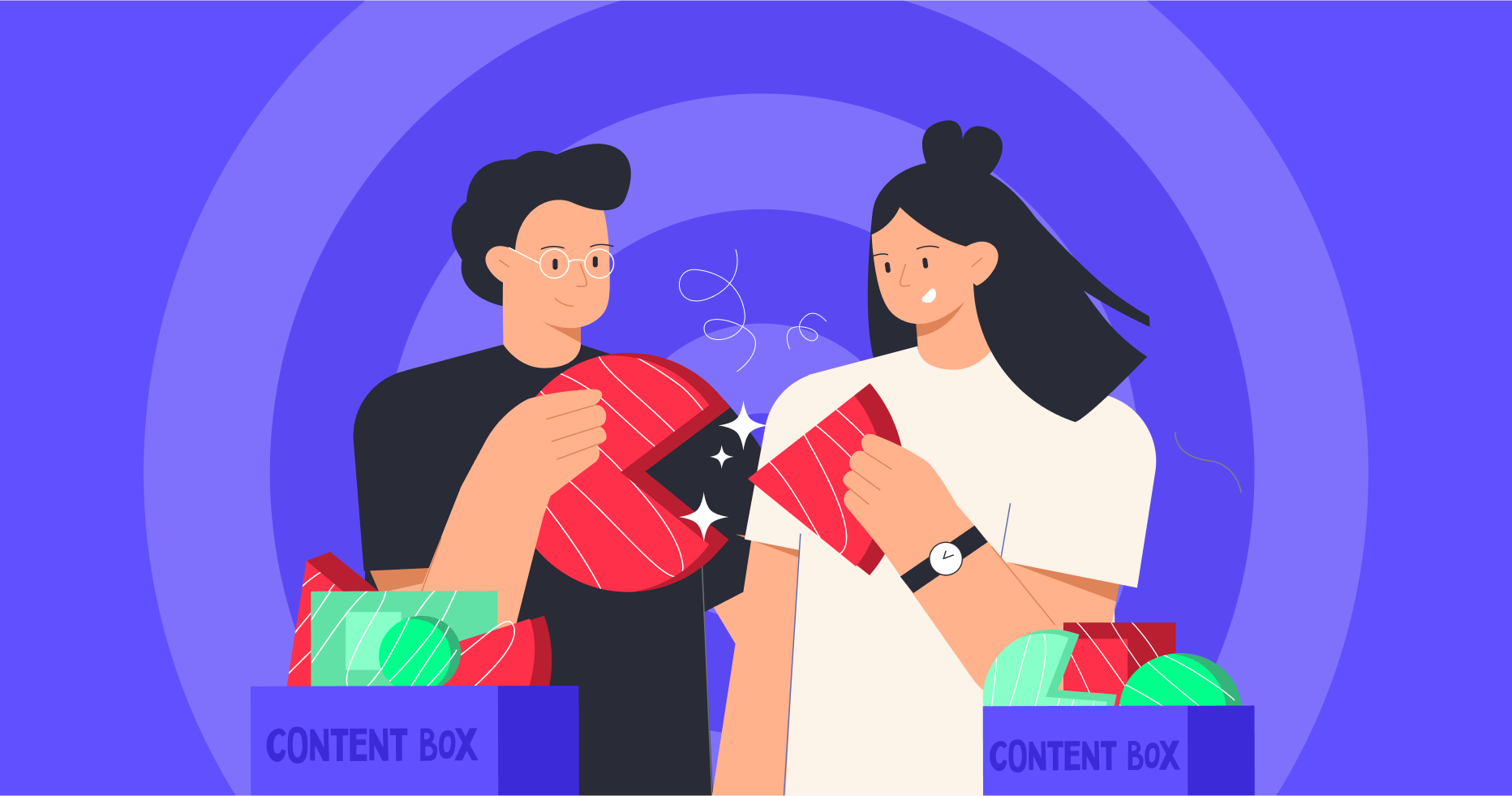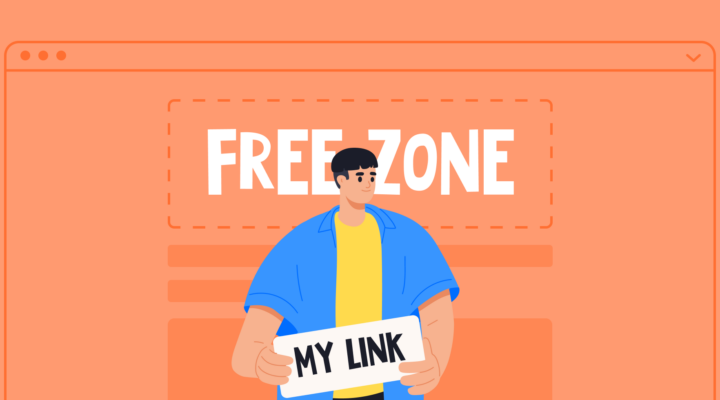How to Guide by Content Funnel
A content funnel is how an average customer passes from seeing your site for the first time to clicking your affiliate link and making a purchase. And, since it is getting more and more difficult to attract selective customers today, a content funnel allows you to influence a potential client more subtly and unobtrusively, adjusting to their needs.
A content funnel includes four main stages:
- Recognition / Awareness
- Interest
- Desire
- Action
When you build a content strategy, remember that creating content for each stage of the funnel takes a different approach. What works in the first stage might not be appealing for clients in the third stage.
- Recognition / Awareness is the stage of obtaining primary information. At this point, the user acknowledges the problem and learns about your brand. The task here is to provide enough content to help the audience get to know you as well as find out more about the problem.
- At the Interest stage, you begin to convey to the user the value of the promoted product and build trust. Offer more useful content that reveals the promoted product from different angles, helps readers look further into the problem and makes them stay longer on your site.
- The Desire stage is the point when you showcase your offer advantages. Tell why this product is better than others, what it will give the user specifically, and show the options for using it.
- The Action stage implies providing content that will entice readers to click your link and book an advertiser’s service.
By understanding all these steps, you can create a content marketing strategy that will gradually walk the user through the content funnel and bring clicks.
Content Marketing Goals
Depending on the stage of the funnel, content marketing goals and objectives involve different types of content. Here are five examples:
1. Educate
The main task here is to share information about the matter and introduce users to the promoted product. Therefore, content marketing strategy goals at this stage are customer attraction and brand awareness. For example, if you promote hotels and resorts, it can be an article about choosing the right vacation destination and the like. Try to bring value and avoid advertising.
Content at this stage:
- Educational blog posts
- Infographics
- Webinars
- Ebooks
- Blog post series
- Audio and video podcasts
To assess the efficiency of building a content strategy, rely on the following indicators:
- Pageviews and traffic
- Increase in the number of references. Measured by monitoring systems, growth of branded hashtags and user-generated content
- Dynamics of engagement, likes, and comments
2. Engage
Once the user is familiar with the product, try to ignite their interest and encourage them to be active on your site. One of the popular content marketing goals at this stage is direct customer engagement. It still isn’t the time for direct advertising, but rather making users stay longer on your site and continue to learn about your offer.
Good content for the engagement stage:
- Cases demonstrating expertise and creating the wow effect
- Educational resources: a series of letters “from A to Z”, educational articles, webinars
- How-to resources: Checklists, instructions, specifications, ebooks, mind maps
- Tests and surveys related to your offer
- Users’ stories, reviews, comparison
To assess the effectiveness of your content creation strategy at this stage, take into account:
- Shares on social media, especially from the target audience
- Comments
- CTR indicators
Be prepared for spam and negative comments. Deal with negative comments and ignore spam.
3. Improve SEO
A successful SEO strategy requires active content creation and updating. And any content needs the right optimization. You can write a great article, but without proper on-page SEO, it will be difficult to achieve the desired results.
So, make sure to:
- Use short and long-tail keywords both in headings and the body of the text
- Optimize images
- Use external and internal links
- Add CTAs
- Find synonyms and LSI keywords
To check how efficiently you align with content marketing objectives at this stage, pay attention to:
- Your outreach (number of views, reposts, and reviews)
- Brand awareness (an increase in demand for brand queries, increase in direct traffic)
- Backlink profile growth. Track the quality of sites and the number of posts along with the reaction of the target audience, changes in the company mentions after publications (tone—positive, neutral, negative).
4. Generate Leads
The ultimate goal of this stage is to collect the contact information of potential customers. To achieve it, offer valuable content.
Consider using the following content types:
- Webinars
- Ebooks, PDFs, and other downloadable materials
- Checklists
- Newsletter
- Surveys and quizzes
- Contests and giveaways
To evaluate the success of website content strategies at this point, check click-throughs (via CTA) and conversions.
5. Bring Sales
The goal of this stage is to encourage users to click on your affiliate links and make bookings. Other content marketing goals examples are customer retention and reactivation, increasing average check, purchase frequency, and customer lifecycle.
On average, you should offer a product 7 times before the customer is ready to buy! Therefore, give the potential customer a clear opportunity to click your affiliate link and do it more often.
Use the following content types:
- Cases and reviews. Positive customer feedback might inspire other users to follow their path
- Webinars
- Comparison articles
- Mailings with personal offers
The efficiency measures of the content strategy at this stage are the number of bookings, the average customer value, the frequency of purchases, and the average order value.
How to Create a Content Marketing Strategy
Content marketing is a long-term strategy implying a lot of follow-through that yields results only after some time, but also helps build trust with the audience. In general, users walk through the same stages of conversion funnel, and by aligning your blog materials with goals at each stage, you’ll make your content marketing much more efficient. Thus, be sure to pay close attention to your target audience when developing content strategy and an increase in conversion rates won’t be long in coming.




